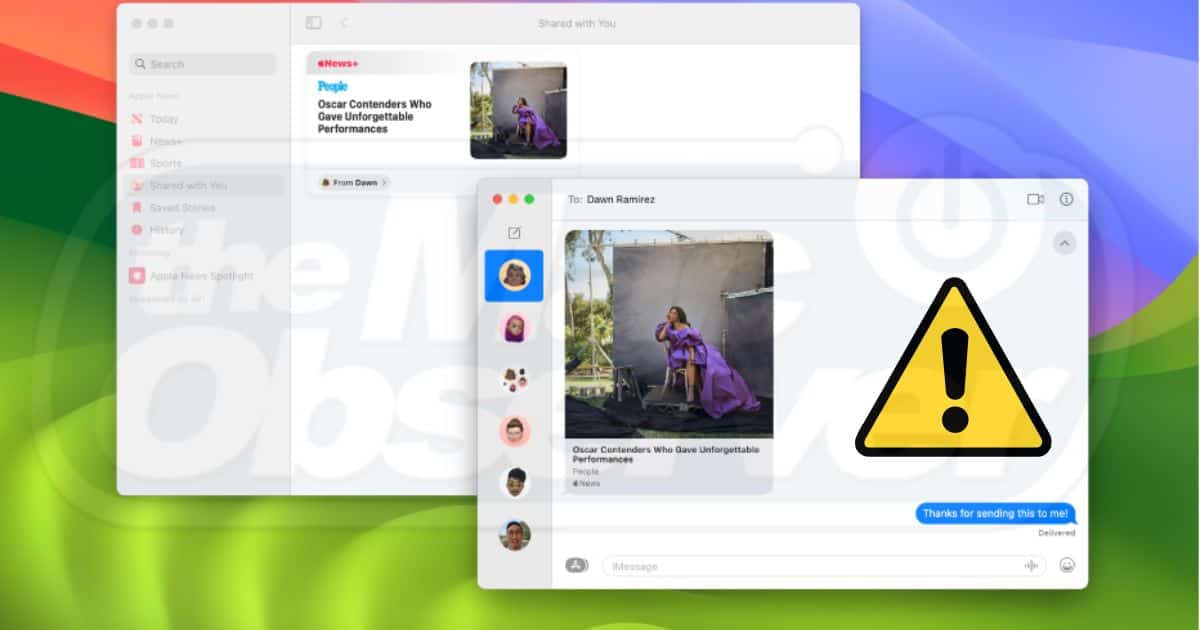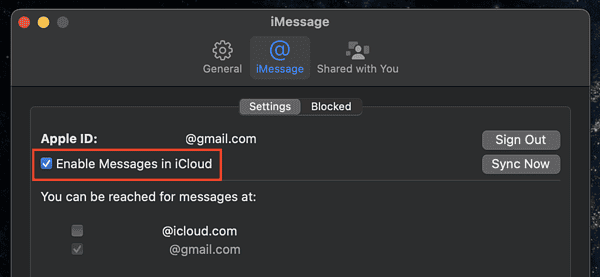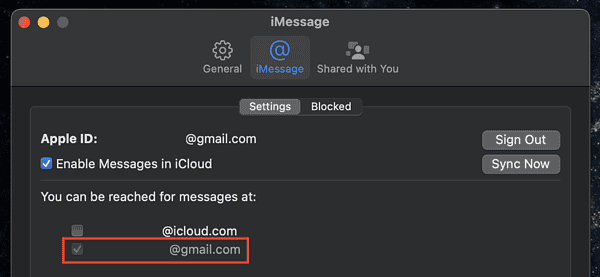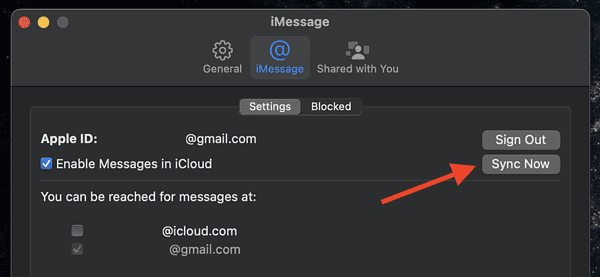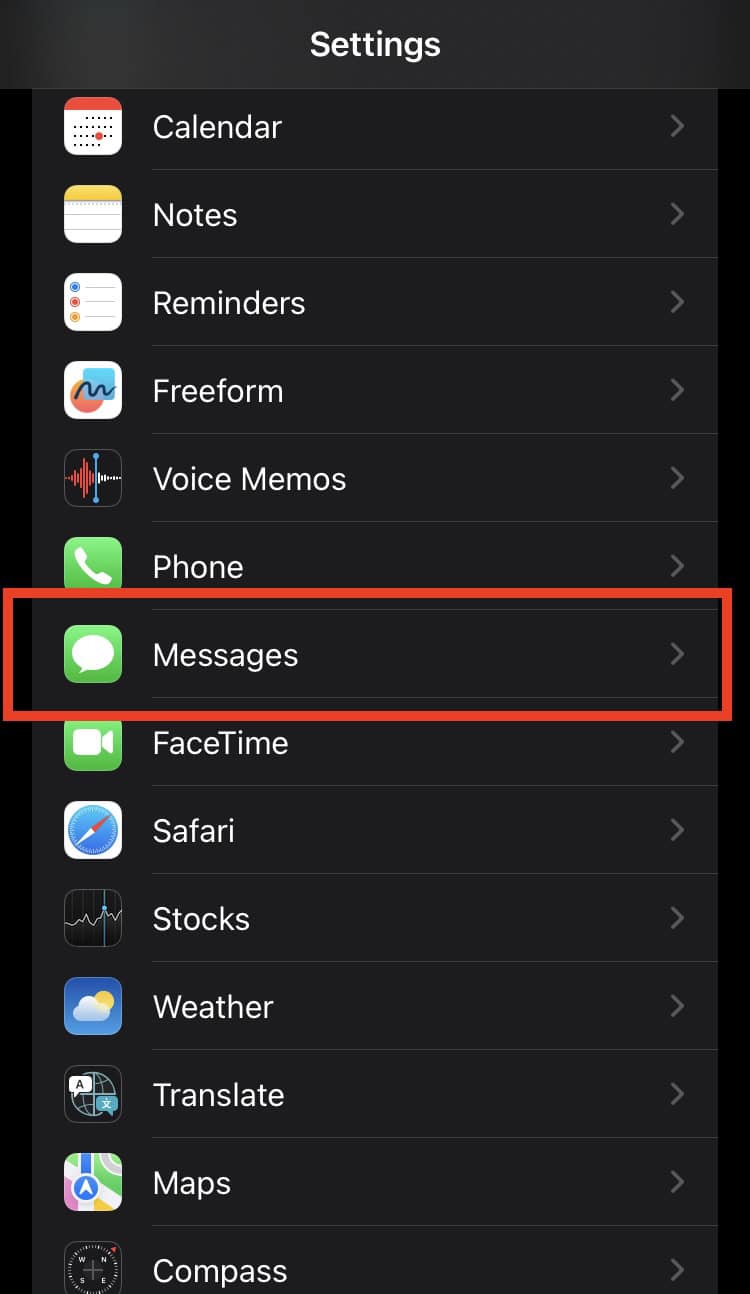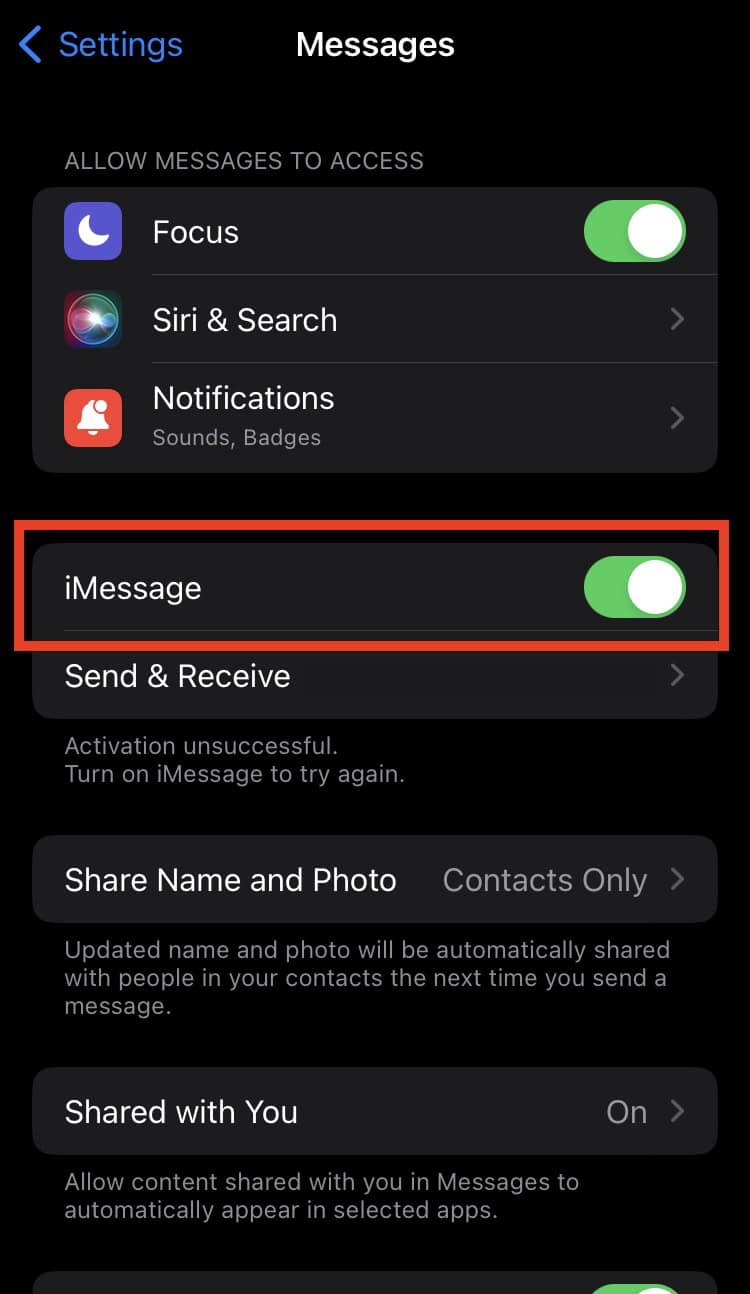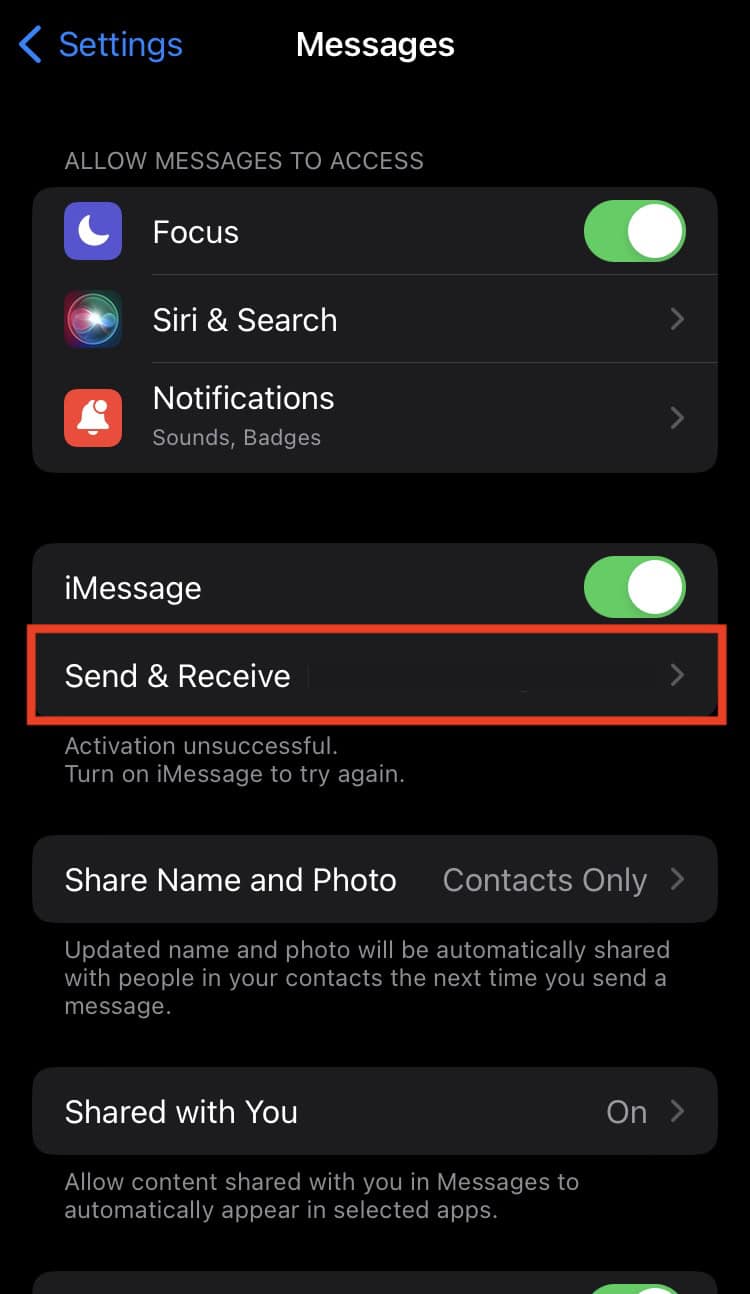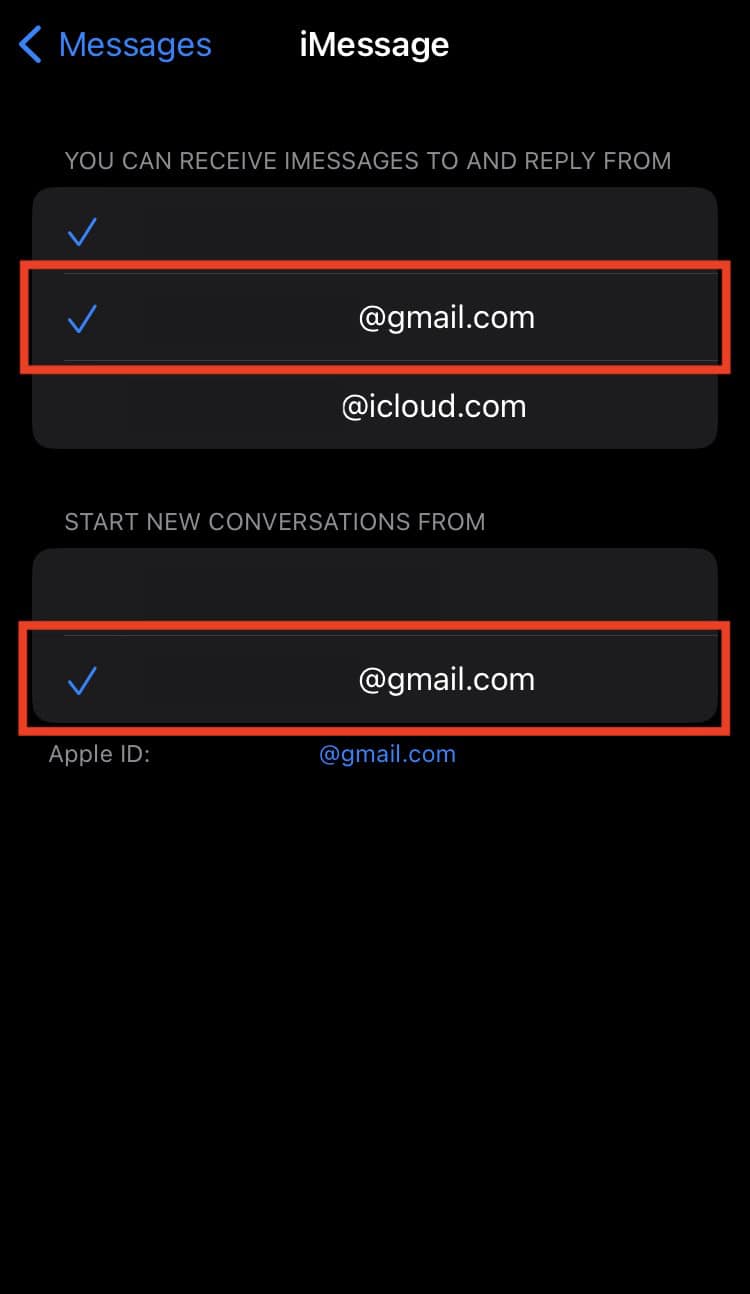Experiencing issues with the Messages app not loading on macOS Sonoma 14/14.7? After updating, I noticed that a lot of the messages I sent weren’t actually getting delivered. The app was also crashing a lot more often.
Since restarting my Mac and network connection didn’t do anything, I decided to move forward with more advanced troubleshooting steps. Here’s a list of everything that worked.
5 Ways to Fix Messages App Not Loading on Sonoma 14/14.7
1. Sign In to iCloud on Your Mac and iPhone
The Messages app may not be loading on the Sonoma 14 update because your Mac automatically signed you out of your Apple ID profile.
On Your Mac
Time needed: 1 minute
Here’s how to log in to your Apple ID profile on a Mac:
- From the Messages app, navigate to Settings.
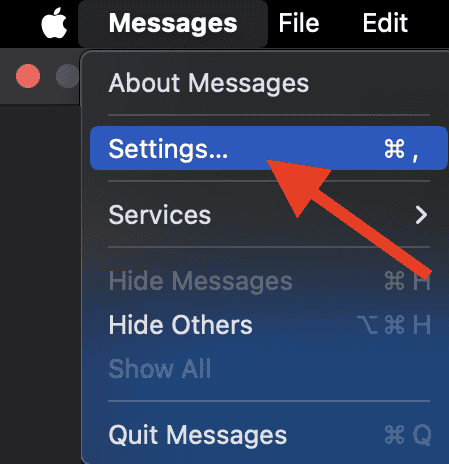
- Click on iMessage.
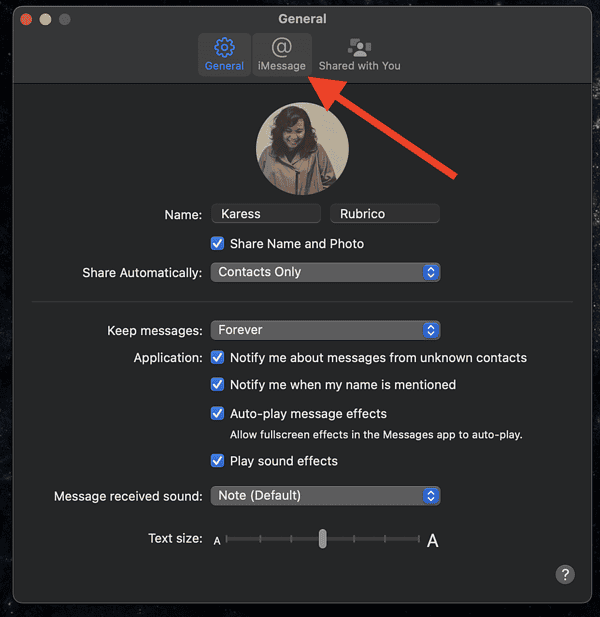
- Check Enable Messages in iCloud.
- Make sure the box that indicates your Apple ID is checked.
- Click Sync Now to sync your messages across your devices.
Next, you’ll have to activate iMessage on your iPhone. Here’s how:
- From Settings, tap on Messages.
- Toggle on iMessage.
- Tap on Send & Receive.
- Select your Apple ID from both lists.
2. Delete System Files
If signing in to iCloud didn’t work, try removing system files that might be causing the glitch.
- Close the Messages app.
- On Finder, select Go > Go to Folder and copy-paste this path:
~/Library/Messages/. - Delete all the files in this folder.
- Navigate back to Finder > Go > Go to Folder and copy-paste
~/Library/Preferences/. - Delete the file
com.apple.iChat.plist.
3. Restart Your Mac in Safe Mode
Try booting your Mac on Safe Mode. It disables third-party apps, fonts, and extensions and clears cache files, allowing you to pinpoint glitches. It also performs a Disk Repair on your device.
Before launching Safe Mode, check if you’re using an Intel-based machine, or if it’s running on Apple silicon. Follow the steps below to identify your Mac:
- Click on the Apple icon in the upper-left corner of your toolbar.
- Select About This Mac.
- Mac models labeled Chip run on Apple silicon
- Mac models labeled Processor are Intel-based
How to Reboot Your Apple Silicon Mac in Safe Mode
- From the Apple menu, select Shut Down. Wait until your device turns off completely.
- Press and hold the power button until Loading Startup Options appears.
- Select your drive volume.
- Press and hold the Shift key, then Continue in Safe Mode. Your computer should restart automatically. You’ll also see the words Safe Mode on the menu bar.
How to Reboot Your Intel-Based Mac in Safe Mode
- Switch on or restart your Mac. Immediately press and hold the Shift key until the login window appears.
- Log in to your device.
- You may be asked to log in again. This time, you’ll see Safe Mode on the menu bar.
4. Log in Using A Different User Profile
You might need to create a new user account on your Mac. If the issue persists, it’s likely a problem with your Mac’s software or hardware. However, if the issue is resolved with the new account, the problem may lie with a specific feature enabled in your original profile.
- On System Settings, click on Users and Groups.
- Select Add User.
- Choose the type of account for your new user. I suggest using Administrator or Standard so you can log in to your iCloud account to test the Messages app.
- Log out of your current account, then log in to the newly-created account.
5. Update Your OS
If these solutions don’t work, you may need to update your macOS. Any new OS versions will also automatically update the Messages app. That way, you’re less likely to experience any glitches moving forward.
To upgrade your OS, head over to System Settings > General > Software Update. Don’t forget to toggle on Automatic Updates so your Mac’s software stays updated.
Contact Apple Support if the Messages app is still not loading on Sonoma. Meanwhile, here are some ways to speed up your Mac after the Sonoma 14/14.7 update.
